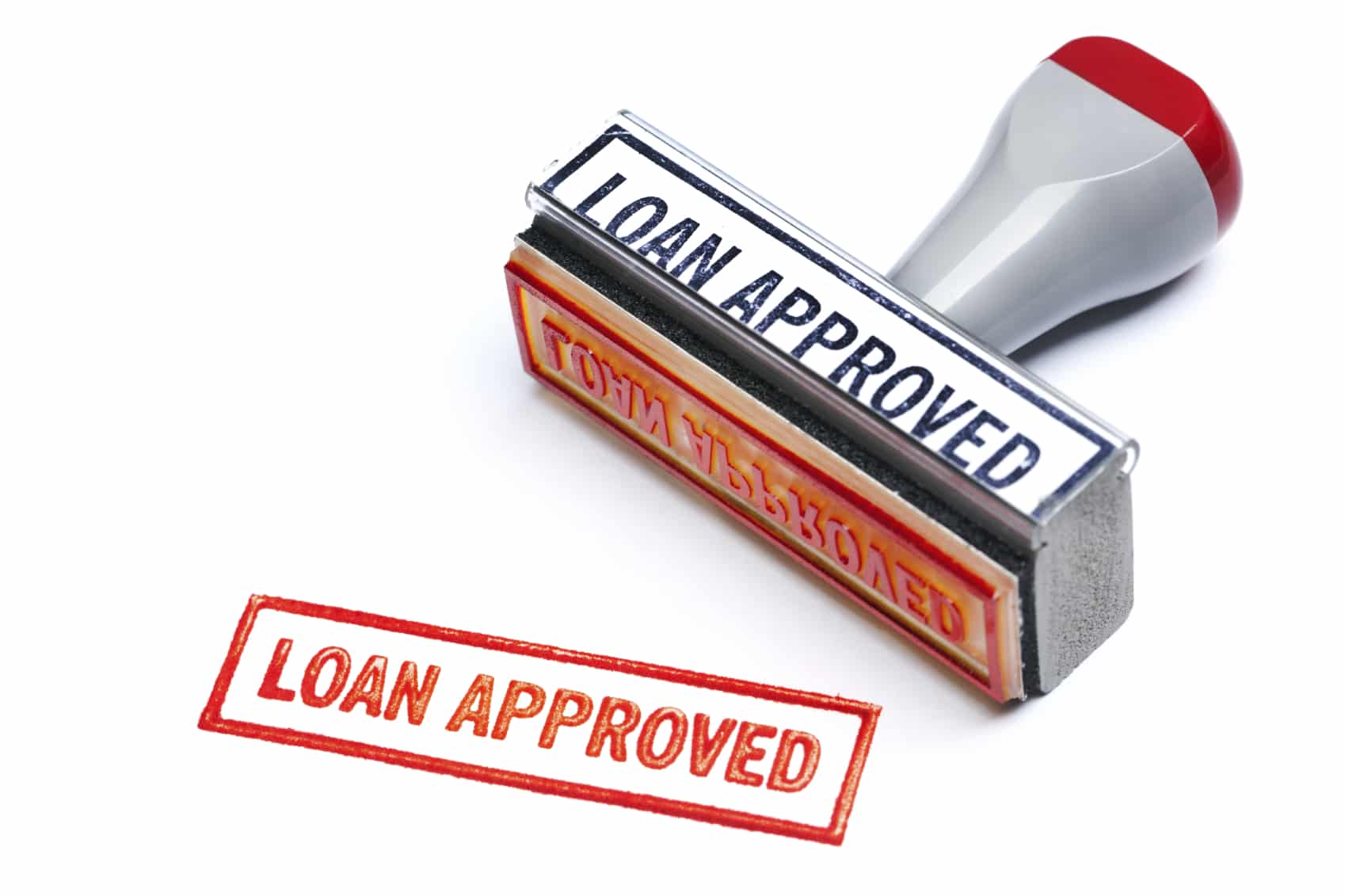Most people who apply for a loan only consider the interest rate that they are quoted by their bank or lender. While this is a good starting point it does not reflect the true “Cost of Capital.”
For example, suppose you are purchasing an income property and your banker quotes you a 6.00% rate on a loan that is amortized over 30 years, your total cost of capital is not 6.00%. This is only used to calculate the interest on the loan. You still must consider the principal that needs to be paid in full. The total cost of capital is referred to as the Loan Constant.
The calculation is simply your monthly mortgage payment divided by the original loan amount:
Loan Constant = Monthly mortgage payment/Original loan balance
For example, consider a loan with the following terms:
• Loan amount = $500,000
• Interest rate = 6.00%
• Amortization = 30 years
• Monthly Payment = $2,998
The loan constant = $2,998/$500,000 =.006 x 12 = 7.20%
This means that your total cost of capital on this loan is actually 7.20%
This not only tells you your true cost of capital, but it can also be used to calculate annual debt payments and ultimately how much Net Operating Income (NOI) a property will need to generate to be able to support the loan. This can very crucial when analyzing a potential investment property as well as trying to qualify for a loan.
For Example: Using the previous example above, how much NOI would the property need to generate to be able to support the $500,000 loan amount when the lender requires a 1.25 Debt Service Coverage Ratio (DSCR)?
Annual Payments = $500,000 x 7.20% = $36,000/yr.
Minimum NOI to support the loan = $36,000 x 1.25 = $45,000
Therefore, the income property that you are purchasing must generate $45,000 of NOI annually to meet the lender’s DSCR of 1.25. DSCR is one of the ways that lenders hedge risk. Tenants may come and go which means occupancy levels fluctuate and therefore so does your income stream. By requiring a DSCR of 1.25, the lender can rest assured that under normal conditions, even if a tenant or two vacates, you will still be able to continue to make your mortgage payments.




